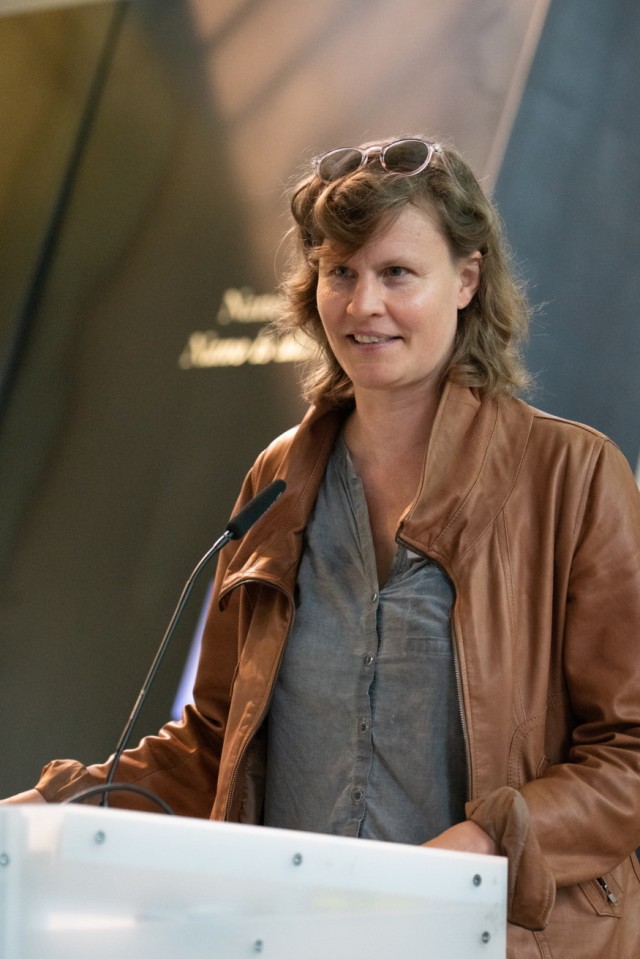Prof. Dr. Simone Warzel - Mathematics Department, TU Munich
1. Briefly describe your current position, research focus, and your role within MCQST.
I am a professor working on questions in mathematical physics at TUM's math department. Together with Christian Pfleiderer, I am coordinating the
quantum matter section (RU-F) which is my home base research wise.
I am also a member of the team of Equal Opportunity (EO) managers of MCQST.
 © C. Hohmann / MCQST
© C. Hohmann / MCQST 2. How does a typical workday looks like for you?
I am again back to my home office since mid-October. Typically, I try to answer urgent emails after breakfast and then divide my workdays between days reserved for the production of videos for my lectures, periods in which I have committee and administrative commitments (currently too many…) and the remaining time (currently too little….) where I focus on my research.
3. What was the biggest challenge you overcame/faced this year?
Learning how to produce teaching videos on a reasonable time-scale.
4. Tell us a little about your research and how mathematics are intertwined with MCQST.
I am trying to push two research projects within MCQST.
The first concerns spectral questions in certain quantum lattice systems relevant to the description of fractional quantum Hall physics. The goal here is to develop and push mathematical methods, which would prove that excitations in Haldane’s FQHE models are gapped. When physicists teach about the incompressibility of FQHE systems they take this typically for granted. Together with Amanda Young, we hope to come up with an explanation of these Haldane gaps — similarly as was done for the famous AKLT model.
My second projects concerns quantum spin glass models of mean-field type such as the quantum Sherrington-Kirkpatrick (SK) model. The goal here is to understand the effects of quantum tunneling on the spin-glass phase. For a class of caricatures known as generalized random energy models together with Chokri Manai we were able to derive a Parisi-type formula for the quantum free energy, which was not known to physicists.